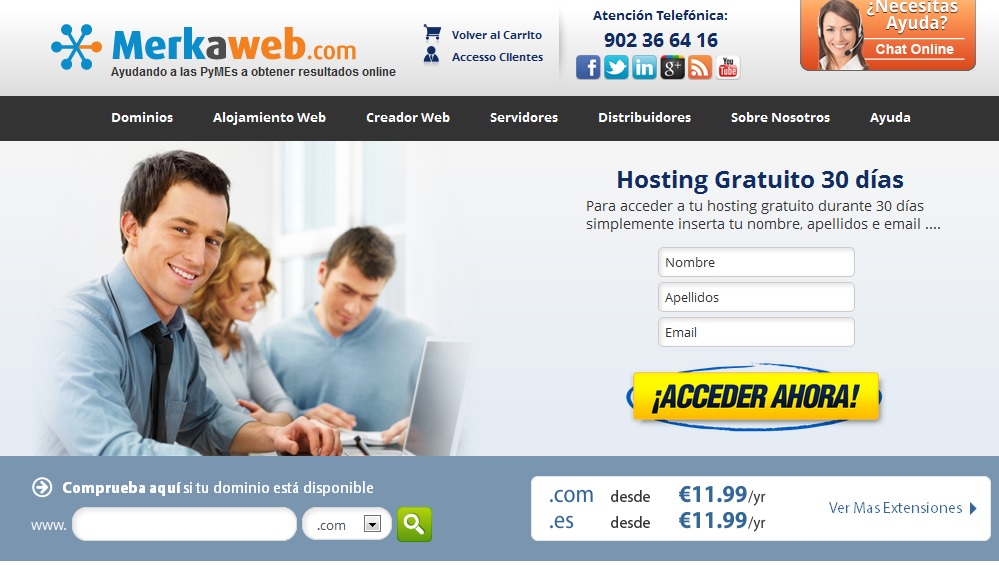Your cart is currently empty!

Should Your Website Be Bilingual?
While working on a project for Pickaweb, I got to ask owner Tony about one interesting aspect of their website.
A project I’m working on for a local client also has both Spanish and English versions of the site. Their analytics shows that few people visit the Spanish language site, so Shan and I were wondering whether it makes sense to keep both, and how best to optimize the Spanish language site if they keep it running.
With any web effort, it’s always important to consider whether the return justifies the use of resources, and whether those resources could be better used another way. At the same time, when an asset isn’t performing as well as you’d like, it makes sense to consider whether changes in the way you’re using that asset might not help it pay its way.
So I asked Tony whether he felt that it made sense to have a site in two languages.
The first question is whether you have the audience in the second language. In Tony’s case — yes, of course he does, since his second site is in Spain. In the American client’s case, the lack of traffic suggests that the audience may not be there. Census data suggests that there are some 35 million people in the United States who speak Spanish as a primary language, and that only half describe themselves as speaking English “very well.” But the client’s B2B site may not fill a need for those who are comfortable only in Spanish. The site’s analytics show the typical Monday through Friday pattern of a site that is accessed from the workplace, and English might be the usual language of the workplaces in question.
On the other hand, the use of Spanish in the United States is increasing, certainly here where our client is based, and in other areas of the country as well. Having the second language might be forward-looking if nothing else.
We thought about auto-translation as an alternative. Tony confirmed that English to Spanish auto-translation doesn’t always result in natural Spanish. Merkaweb, auto-translated to English, actually does quite well, producing only one rather odd sentence on the homepage: “Protects to identity on the internet!” As pages become more complex, though, more oddities creep in. Auto-translation is certainly helpful, but a Spanish language page will equally certainly provide a better experience.
Or it can. If your translated page is poor, though, or not directed well toward your target audience, you may be doing yourself a disservice. Market research shows us that different linguistic and cultural groups in the U.S. have different buying patterns — and different exploratory shopping patterns as well. We know, for example, that European American women are more price-sensitive in their shopping for cosmetics than Hispanic or Asian American women. Translating a web page selling cosmetics into Spanish or Japanese won’t bring conversions if our focus is on how economical our product is.
In our particular case, we clearly need to do some research about the particular audience our Spanish language pages ought to be targeting. Once we have completed that research, we’ll be in a position to make useful decisions about how best to use that section of our website.
by
Tags:
Comments
2 responses to “Should Your Website Be Bilingual?”
-
Very interesting read! Thank you. I've often wondered how to build a site where you can say "click here for spanish". Do you know anyone who does that?
-
Lots of sites are built that way, actually. You have to make pages in both languages, then just link them up.
That is, you build a button on one page and connect it with a hyperlink to another.
Sometimes it's a set of buttons on the homepage allowing visitors to choose a language, and sometimes it's as you describe it.
Not hard to do, from a technical standpoint, though you need a good translator.

Leave a Reply